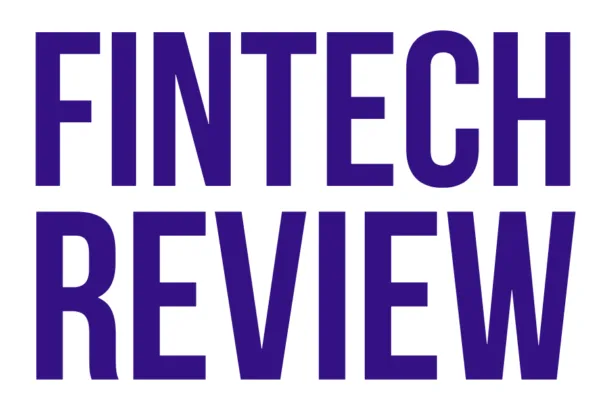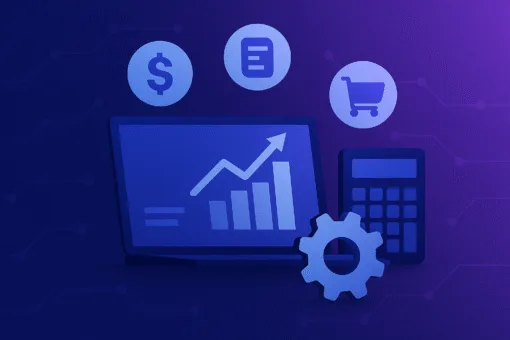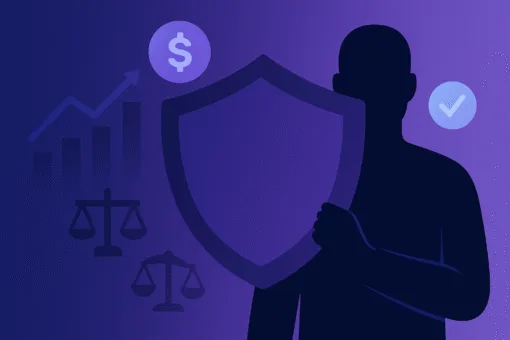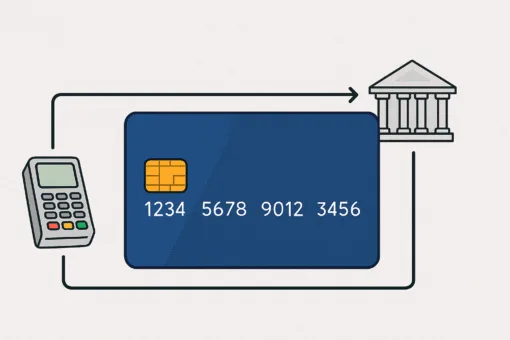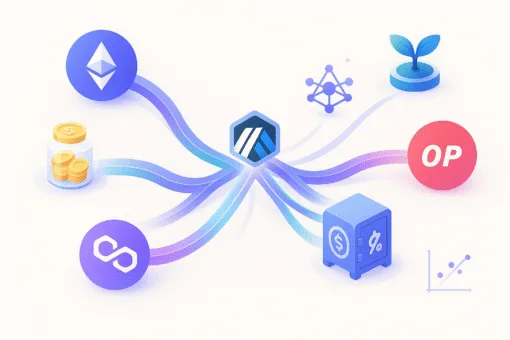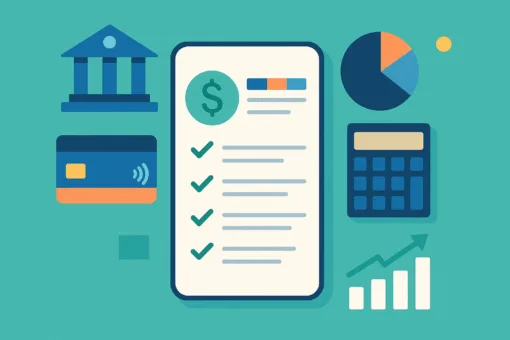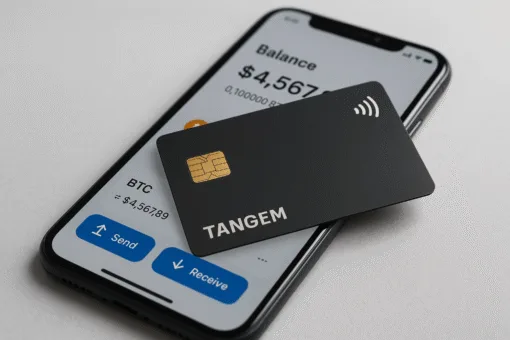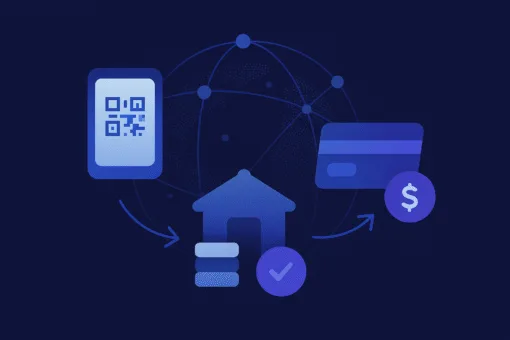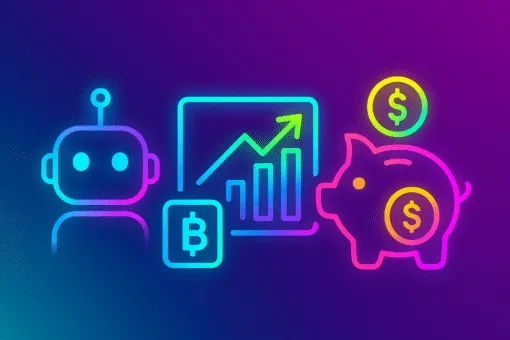It is this time of the year. No, not the Mariah Carey’s “All I want For Christmas Is You” time of the year. The moment just after that, when the year starts and everybody is trying to make predictions. This time around, it will be the 2021 trends for fintech. It is actually quite fun to stare at your crystal ball and figure out what will happen. At least try to. And then look back and see if you have been completely wrong. Or not. Which is in all fairness a very healthy thing to do, no-one is always right or always wrong. You just try to make educated guesses, but you cannot predict the unpredictable. A year ago, the world was a very different place. You know, a pandemic happened in the meantime. Who had it in their predictions for the year in fintech? Absolutely no-one. Now, let’s get down to business: what will be the top 5 trends for fintech in 2021?
Market consolidation

That should not surprise anybody, the fintech industry is likely to see some consolidation. That will be one of the top trends for fintech in 2021. The financial services as a whole will see a wave of mergers & acquisitions. It has already started, for instance, PNC acquiring BBVA’s American subsidiary. Or Visa acquiring Plaid. Oh wait, this did not happen in the end. These things often happen in the corporate finance world. No big deal (literally). A bit of market consolidation was surely going to take place before the Covid-19 pandemic, it is even more likely now. That’s because the economic situation has deteriorated considerably, hitting the profitability of the industry entirely. And interest rates are likely to stay low for a while, which is not good news for banks and fintechs alike.
Not all the fintech industry will see consolidation, though, as some segments are more crowded and under pressure than others. Payments’ fintech are doing perfectly fine, for example. Neobanks are the obvious candidates, especially the retail-focused one. Most of them are unprofitable and just make money on interchange and FX fees. Which there was very little in 2020 due to low in-store purchase activity and travel restrictions. How long can they continue like that, fighting for the same customer and his $10 per year? Not long. Fintech lenders are also likely to face a reckoning, particularly if they have dodgy risk management practices in place. And so we will see a bit of consolidation there. It is a natural process for any industry to go through, it is only economically viable for a finite number of market players. It could also be cross-segment: for instance, neobank Starling is on the lookout for a lender.
Top trend for fintech: public listings

Purposely not saying IPO here because we are surely going to see more public listing activity that is not IPO. Why? Well, it has been known for a while that there are a few things that are wrong with the traditional initial public offering process. Companies are complaining about the first-day pops, for instance, where they leave a lot of money on the table. Unless you make some change to the process, companies will choose alternatives. There are two quite good ones:
- Direct listings, with or without pre-listing funding rounds to make up for the fact that you are not raising new funding in the listing process;
- and of course the Special Purpose Acquisition Companies aka SPACs, that are going through a hype phase right now.
It is likely that a swath of later-stage, big fintechs will go public in 2021, especially as the new aforementioned processes are becoming more common place. Stripe, Checkout.com and others are likely candidates. Some will choose to do a good old IPO, like consumer finance fintech Affirm just did. Startups stay private for longer these days, but what it means is that they need bigger cheques at later stage. There are not that many investors able to underwrite massive funding rounds à la Softbank, so going public is still going to naturally occur.
Crypto & Blockchain

Have you ever heard of Bitcoin?
Joke aside, there has been a massive influx of money into cryptocurrencies, with the market topping $1 trillion lately. Of which 70% is Bitcoin. It will continue to be one of the top trends for fintech in 2021. Besides the money, it got the attention of institutional investors – and regulators. Which is good news for the industry obviously. For investors, that is thanks to the money printing frenzy and low interest rates. There are not so many assets that are not overvalued right now. Equities are through the roof and bonds’ rates are hitting rock bottom. In their quest for decent yields, they turn to cryptocurrencies. BlackRock and others are throwing their hats in the ring. It will be interesting to see if in turns, Bitcoin becomes a well-functioning asset class. High concentration, fake volumes and dormant accounts are telling you that it is not.
We have yet to see massive changes brought by blockchain technology to the financial services industry. However, its potential is still huge across many verticals. Unfortunately, financial institutions that have been shelving innovation projects are unlikely to put a lot of blockchain PoCs into production. But some will. And big fintechs might be keener to adopt the technology. Infrastructure blockchain startups will continue to mature. Keep an eye on decentralized finance as well, a lot of promising things are being developed in that space.
Another finance-related trend for fintech in 2021: private funding

Venture capital money will continue to flow into fintech initiatives. Particularly if the other end of the tunnel, public listings, are more commonplace. Exits will motivate investors to continue to insert coins in the jukebox. As of late, we have seen more money being invested into later stage fintechs than early stage ones. A direct consequence of the current economic crisis but not only. Some segments are a bit saturated, so it makes sense that investors do not see clearly what market share you could realistically capture. Say, another retail-focused neobank launching in London. Really?
However, another effect of quantitative easing is that venture capital will continue to be an attractive place to put your money. Fintech being one of the favourite place to invest. That’s quite logical. Although some segments are saturated, financial services are still full of inefficiencies. We are far from the industry being 100% revolutionised by fintech!
Automation & Restructuring

The current crisis has not hit hard financial service firms, yet. Because at the moment, a lot of their customers, especially small and medium-sized business ones, are basically zombies surviving on Government schemes. We will inevitably see a wave of business failures and redundancies, or at least customers not being able to pay back their loans. That’s not one of the great 2021 trends, but it is bound to happen. This will be problematic for fintech lenders and banks alike.
What it will mean is further cost-cutting and restructuring for incumbents. It will result in large scale digital transformation programmes. Higher front-end digitisation and back-end automation. Robotic Process Automation and AI projects should get their fair share of investments. Banks will accelerate branch closures. There was a massive push towards self-service through digital means, mobile apps and web, during 2020. Some say a 5 to 10-year leap. This will be one of the long-lasting effects of the pandemic and will continue long into 2021.
Bottom line on the predictions
Some top trends for fintech in 2021 will materialise, some will not. There is hope that we will slowly put this whole pandemic behind us as the vaccination campaigns pick up pace and the immunity builds up among the population. Although some effects will be start to be visible: increased business failures, increased digitisation, etc.
One thing is certain though, it is likely to be another incredible year for fintech.
